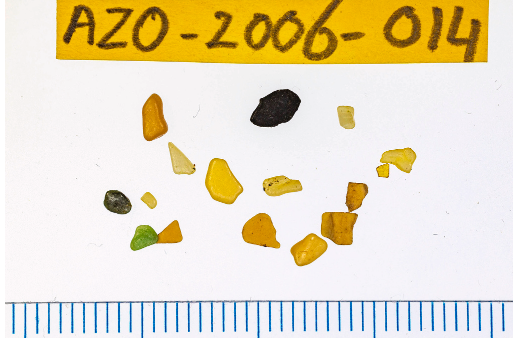
Plastic items in the stomach of a Cory’s Shearwater. The scale at the bottom shows a mm ruler with longer lines indicating cm scale. Photograph by Jan Van Franeker, from the publication
Jan van Franeker (Wageningen Marine Research, Den Helder, the Netherlands) and colleagues have published open access in Marine Pollution Bulletin on plastic ingestion by Cory’s Calonectris borealis and Scopoli’s C. diomedea Shearwaters. Plastic ingestion in Mediterranean waters was considerably higher than in the Atlantic area, reflecting the high level of litter pollution within the enclosed Mediterranean basin. The size of ingested particles was very small and suggests that most litter is not picked up directly but rather appears to be ingested indirectly with their pelagic fish prey. Recently fledged youngsters had significantly more plastic in the stomach than the post-fledgling age class.
The paper’s abstract follows:
“Plastic ingestion by seabirds reflects plastic levels in their marine environment and therefore seabirds are monitored within the EU Marine Strategy Framework Directive to track the distribution and trends of plastic pollution. We present plastic ingestion data from 529 individuals of two Calonectris species (C. borealis and C. diomedea) from corpses collected across the north-eastern Atlantic Ocean and the Mediterranean Sea. Overall, birds from the Mediterranean ingested more plastics than those from the Atlantic, and fledglings carried higher plastic loads than post-fledglings. In contrast to an earlier proposal to monitor and define plastic ingestion thresholds by the number of particles, we advocate a mass-based system. Plastic mass better reflects environmental contamination and biological harm than particle counts, which can be inflated by fragmentation and are less ecologically relevant than the actual volume ingested. Using the cleanest 10 % of individuals in the most polluted population as a reference, we suggest Threshold values of 0.0098 g for fledglings and 0.0041 g for post-fledglings. According to this definition, between 40 and 88 % of birds exceeded the Threshold, depending on the sampling location. This mass-based Threshold offers an ecologically meaningful metric, and we recommend this approach for plastic pollution monitoring in the northeast Atlantic and the Mediterranean.”
With thanks to Jan van Franeker
Reference:
Van Franeker, J.A., Soldaat, E., Bried, J., Gonzáles-Solís, J., Zino, F., Biscoito, M., Borg, J.J., Tossani, F., Parolini, M. & Kühn, S. 2026. Plastic ingestion by Cory’s and Scopoli’s shearwaters (Calonectris spp.) from the north-eastern Atlantic Ocean and Mediterranean Sea. Marine Pollution Bulletin 223. doi.org/10.1016/j.marpolbul.2025.119008.
John Cooper, Emeritus Information Officer, Agreement on the Conservation of Albatrosses and Petrels, 02 December 2025

 English
English  Français
Français  Español
Español 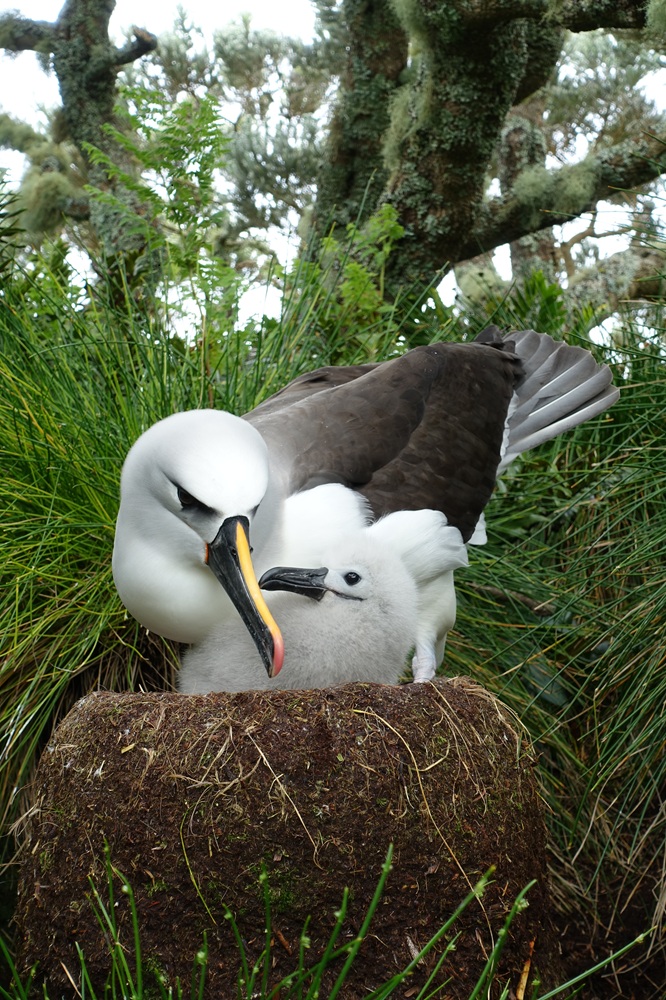 An Atlantic Yellow-nosed Albatross tends its chick on Gough Island, photograph by Michelle Risi
An Atlantic Yellow-nosed Albatross tends its chick on Gough Island, photograph by Michelle Risi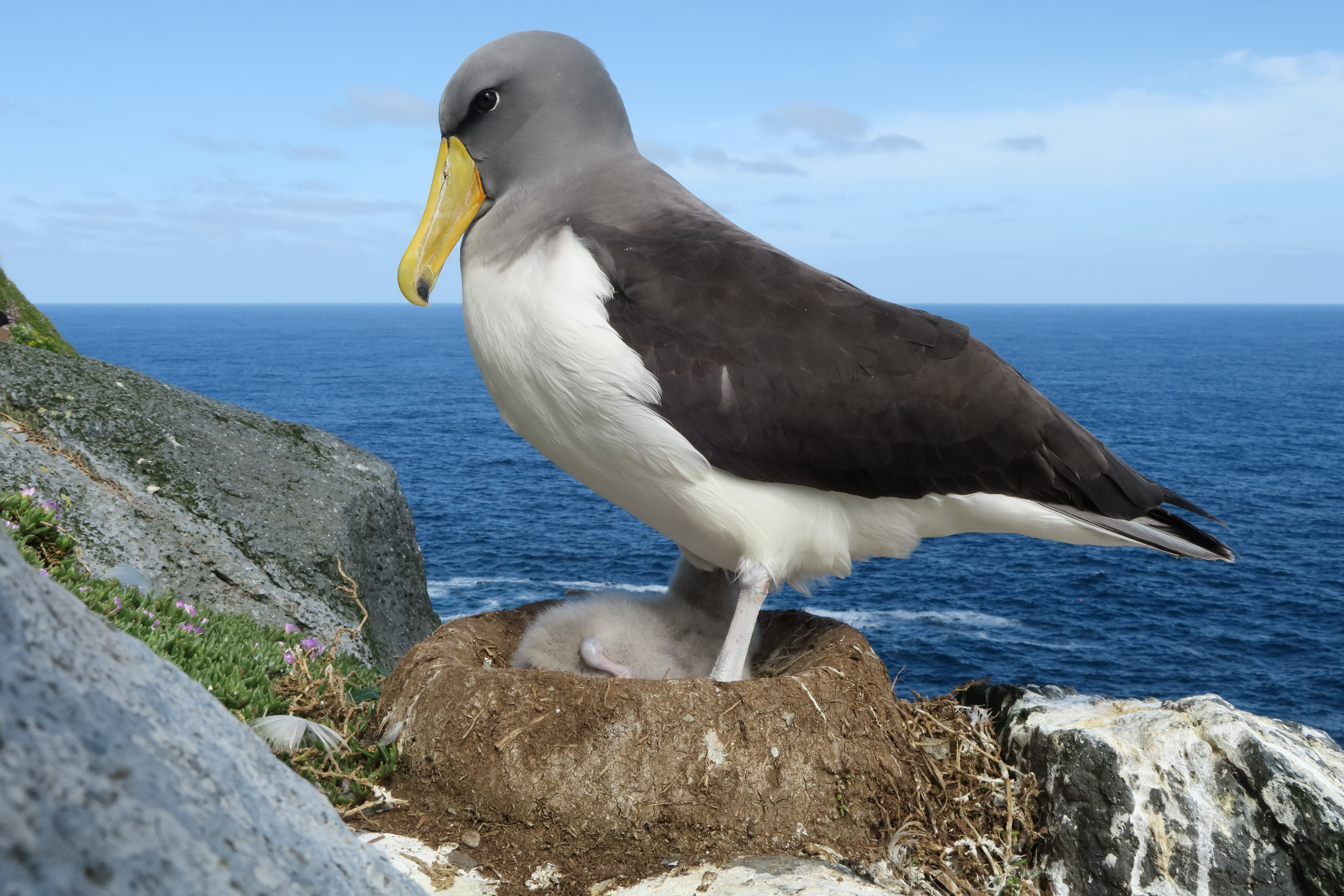 A Chatham Albatross stands over its chick on The Pyramid/Tarakoikoia, New Zealand, photograph by David Bowle
A Chatham Albatross stands over its chick on The Pyramid/Tarakoikoia, New Zealand, photograph by David Bowle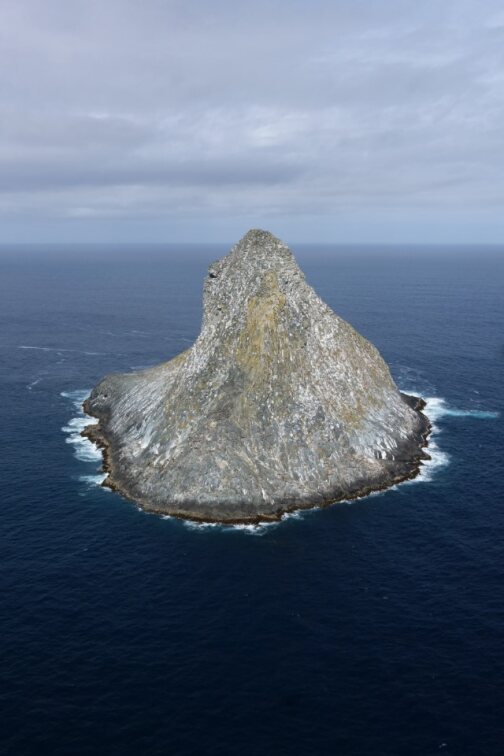 The Pyramid, Chatham Islands: sole breeding home of the Chatham Albatross, aerial photograph by David Boyle
The Pyramid, Chatham Islands: sole breeding home of the Chatham Albatross, aerial photograph by David Boyle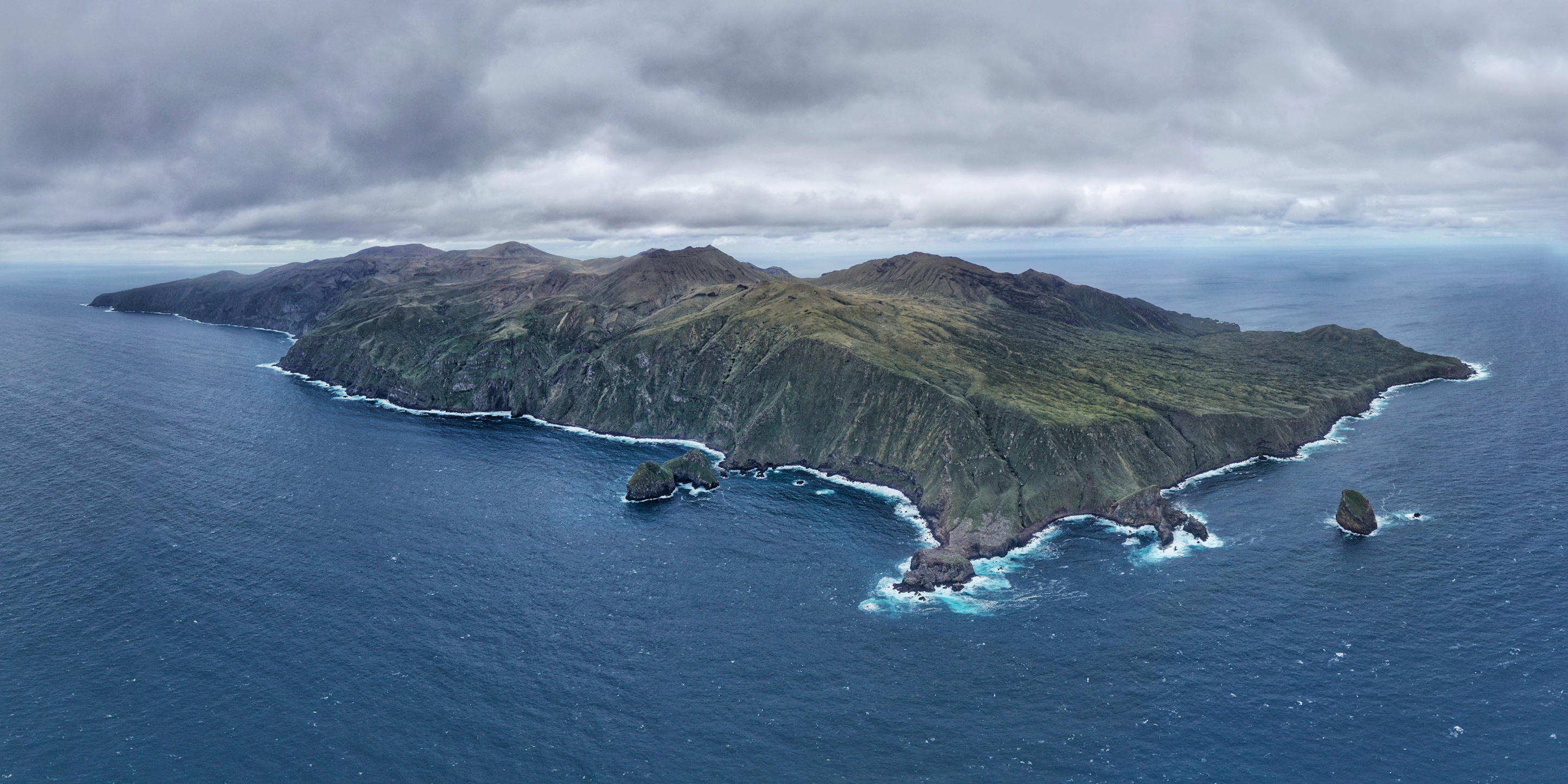
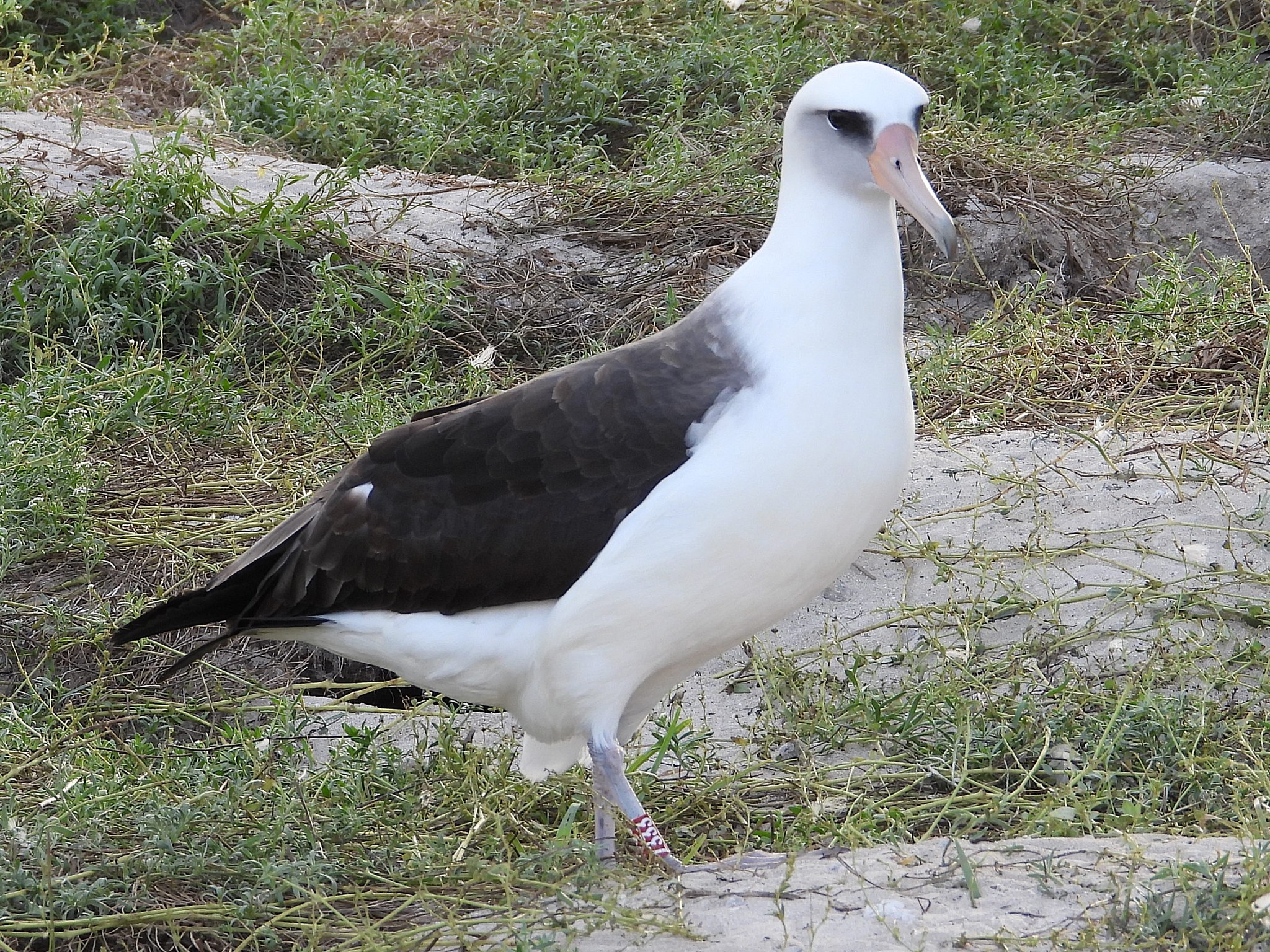 Wisdom shows her well-known red colour band Z333, photograph by Jon Plissner, USFWS
Wisdom shows her well-known red colour band Z333, photograph by Jon Plissner, USFWS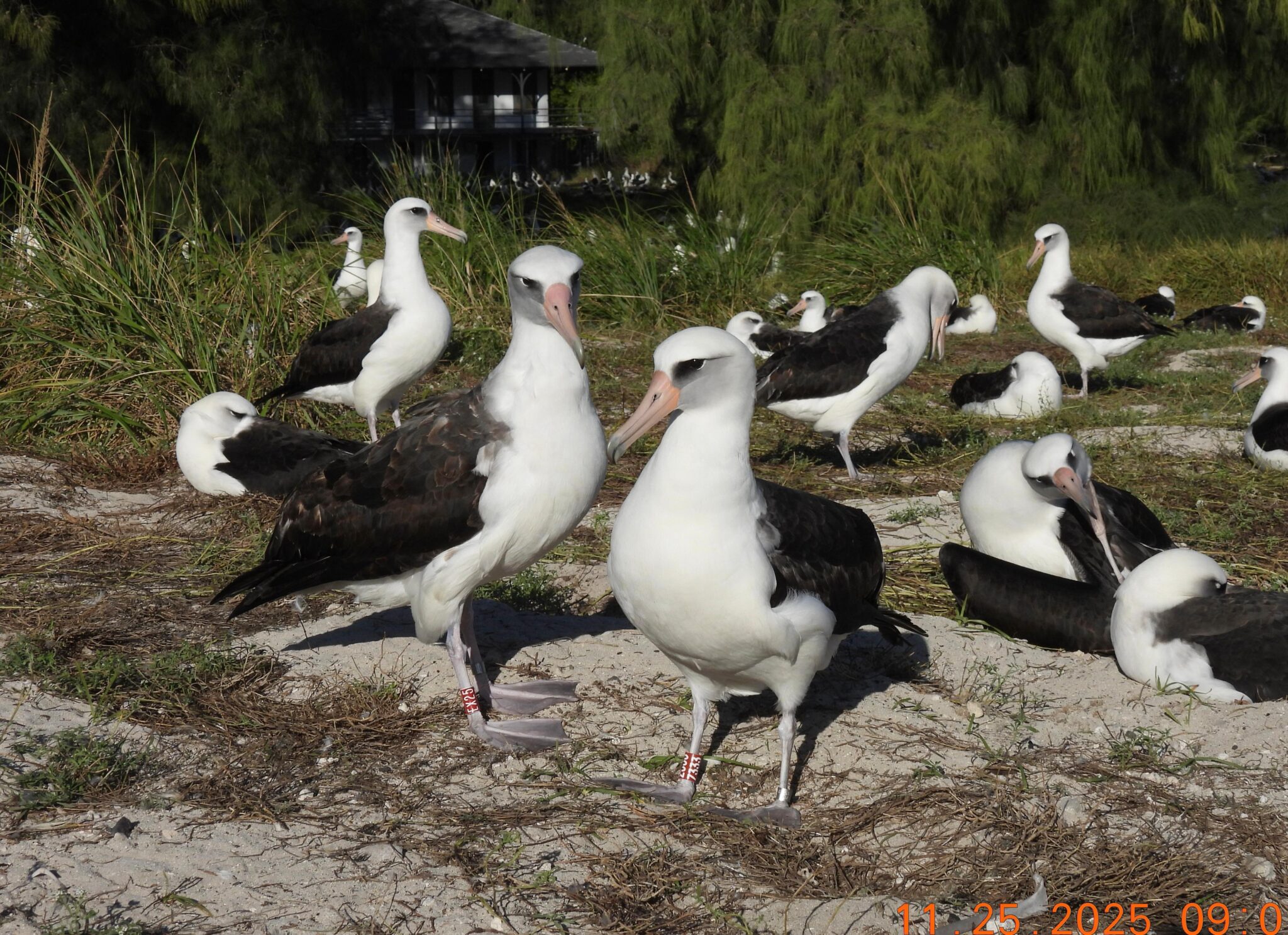 Wisdom and her mate, EX25, find each other, photograph by Chris Forster, 25 November 2025
Wisdom and her mate, EX25, find each other, photograph by Chris Forster, 25 November 2025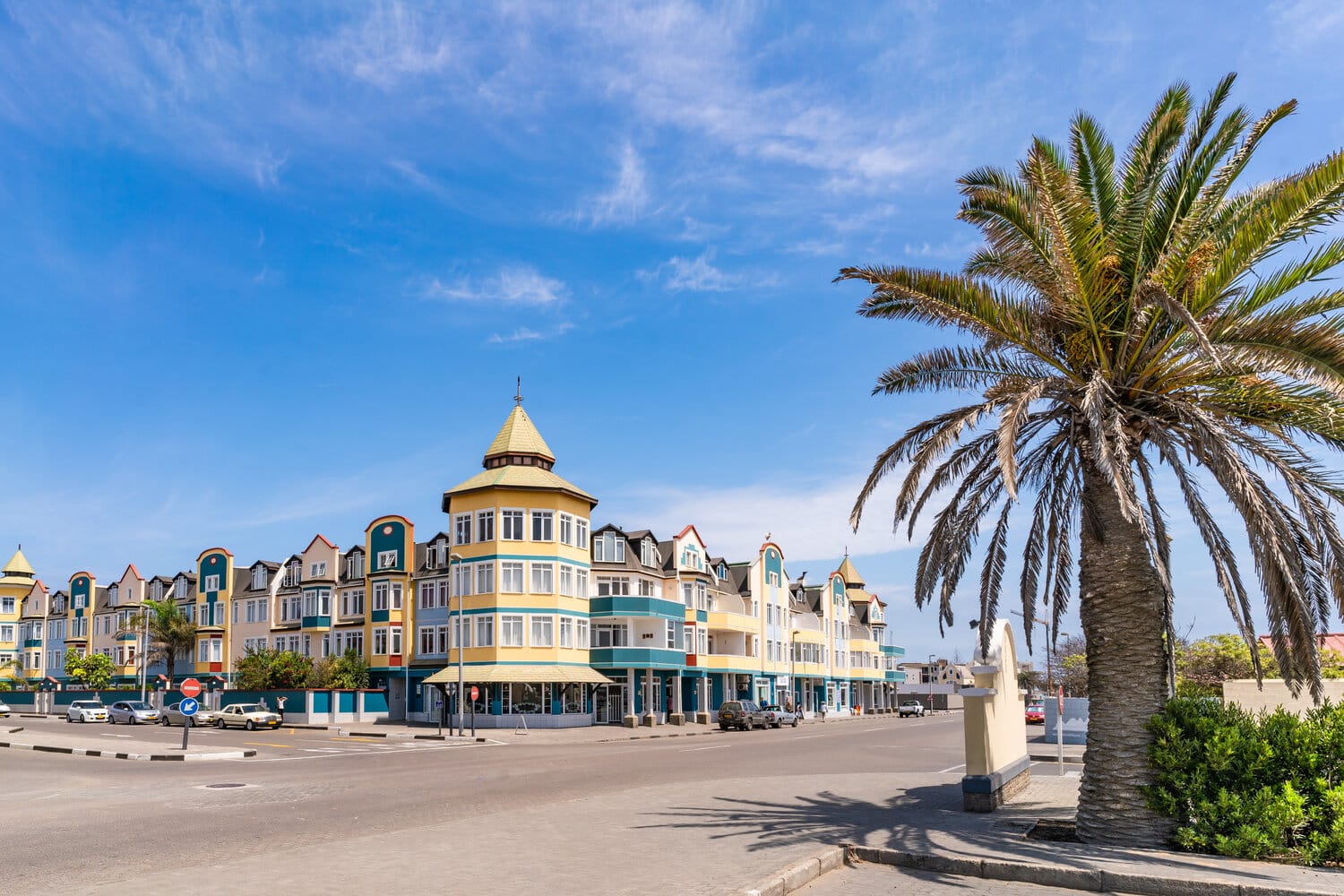 Swakopmund is a coastal town situated on the edge of the Namib Desert
Swakopmund is a coastal town situated on the edge of the Namib Desert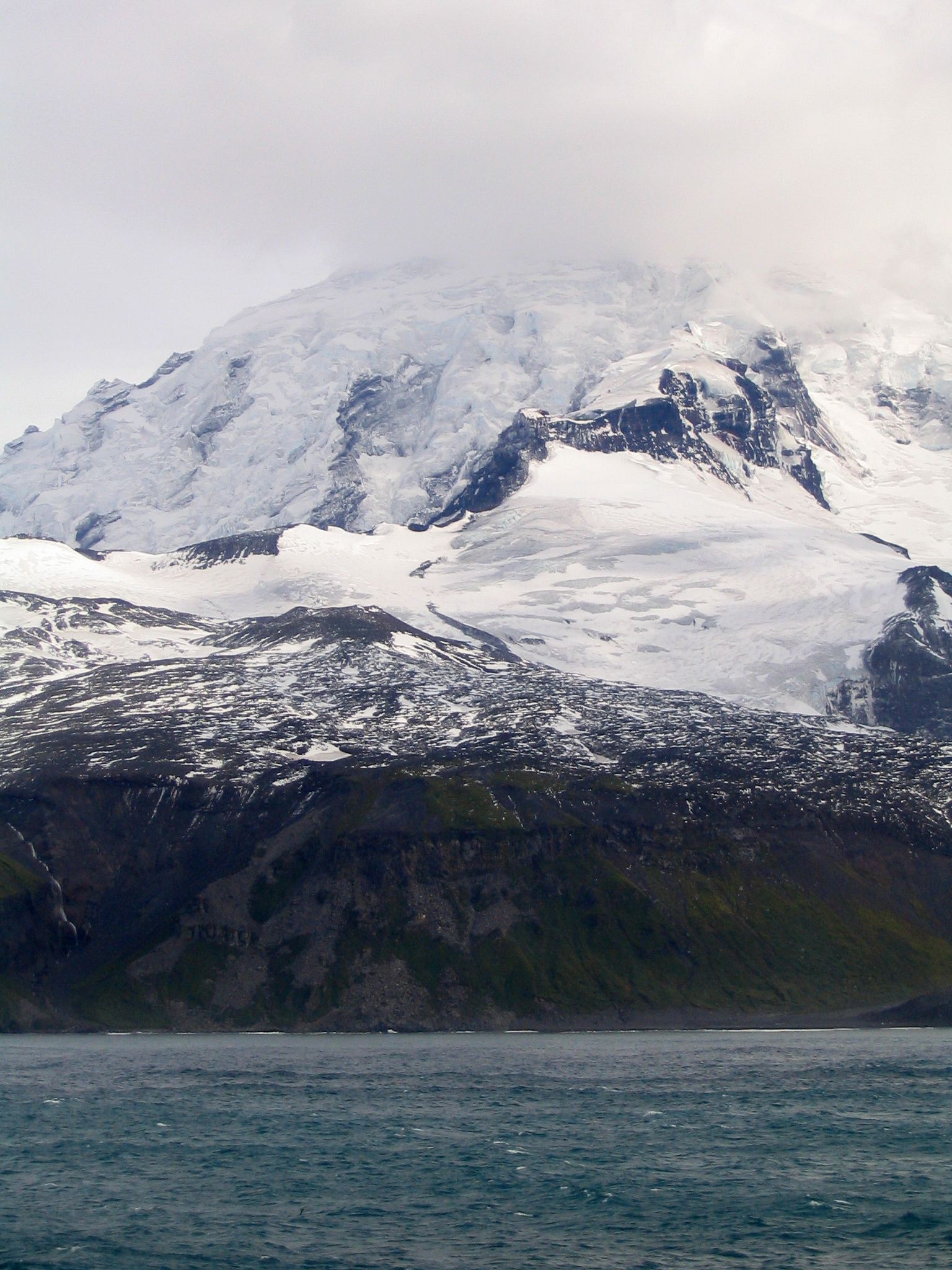 Heard Island, photograph by Barbara Wienecke
Heard Island, photograph by Barbara Wienecke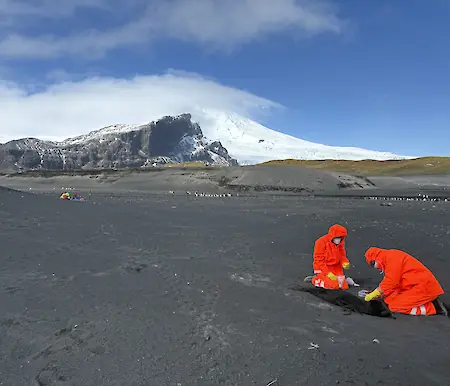 Wildlife ecologists taking samples from deceased animals at Atlas Cove, Heard Island, photograph by Rowena Hannaford
Wildlife ecologists taking samples from deceased animals at Atlas Cove, Heard Island, photograph by Rowena Hannaford